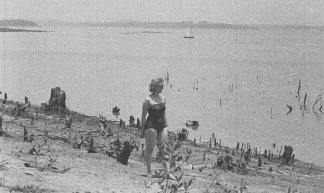23-01-2015
Bad times ahead, water supplies are a problem
Poorly administered water system causing more trouble to Brazilians....
(Thomson Reuters Foundation) - São Paulo, Brazil’s drought-hit megacity of 20 million, has about two months of guaranteed water supply remaining as it taps into the second of three emergency reserves, officials say.
The city began using its second so-called “technical reserve” 10 days ago to prevent a water crisis after reservoirs reached critically low levels last month.
This is the first time the state has resorted to using the reserves, experts say.
“If we take into account the same pattern of water extraction and rainfall that we’ve seen so far this month – and it’s been raining less than half of the average – we can say the (reserve) will last up to 60 days,” said Marussia Whately, a water resources specialist at environmental NGO Instituto Socioambiental.
But an expected increase in water usage during the upcoming Christmas and New Year’s holidays could easily reduce the time the reserve will last, she added.
After that period, there is no certainty over the water supply available to Brazil’s wealthiest city and financial center, Whately said.
If rain doesn’t replenish the Cantareira system - the main group of reservoirs that supply São Paulo - the city could run dry, she said.
“We are starting 2015 with a serious deficit that won’t be resolved this summer, so we must start thinking about what to do in April, when the dry season begins and we won’t have any more technical reserves to use,” said Whately, who is coordinating the Alliance for Water.
Sabesp, the water utility that serves São Paulo, accessed a first emergency water reserve in May totaling 480 billion liters.
That reserve started to run out in the second half of October, and reservoirs reached just 3 percent of their capacity on Oct. 21.
State-owned Sabesp was then allowed to tap a second emergency reserve, of 106 billion liters, lifting reservoir capacity above 10 percent.
But now, just weeks after this second emergency supply started to be used, water levels at the Cantareira reservoirs are once again below 10 percent, according to the company.
Unlike the water in the reservoirs, which are drawn by gravity, the reserves water must be pumped out, according to ANA’s Andreu.
(Reporting by Adriana Brasileiro, editing by Laurie Goering)
